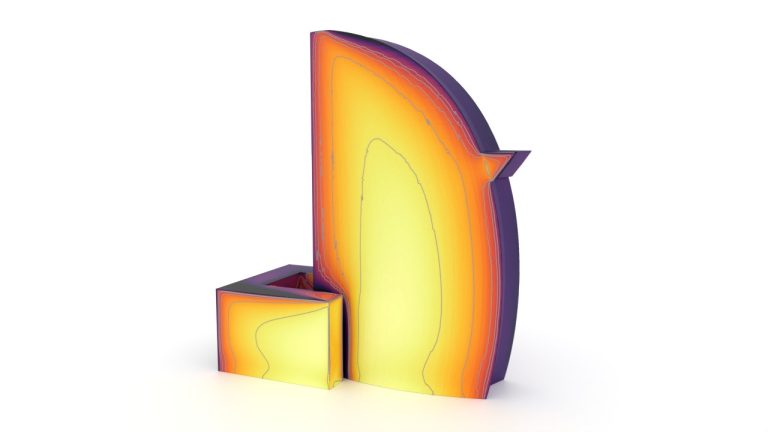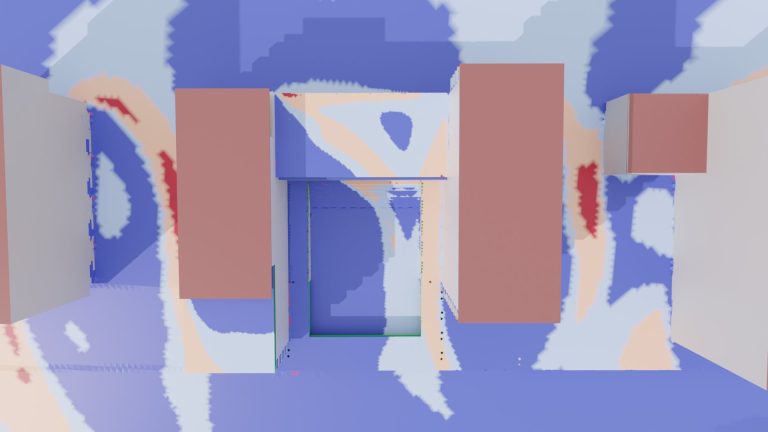Virtual Wind Simulation
Calculation of the aerodynamic behavior of the wind in urban environments
Symula Inicio > Aerodynamics > Wind Simulation
Calculate the influence of the wind on any architectural element, as well as on the comfort of pedestrians. Access industry 4.0 thanks to our automated simulation application for city wind simulation studies.
The aerodynamic simulation of the wind allows obtaining forces on any architectural element, such as structures or buildings. It also makes it possible to analyze the influence that any of these elements may have on their immediate environment. CFD simulation applied to urban wind studies greatly facilitates the calculation of any air parameter, such as its speed or the pressure it induces on the surface of buildings in its path.
Wind Load Calculation
CFD simulation is a powerful tool that allows to analyze and predict the effects of wind in complex environments, such as densely populated urban areas. It is also an indispensable tool for buildings that do not comply with civil code regulations. These buildings, whether due to their innovative design, unique geometry, or particularly challenging location, may present characteristics that do not meet the established criteria in traditional building codes. Therefore, studying them in a conventional way would be extremely difficult or even impossible.
Using CFD simulation, engineers can carefully analyze the airflow around these unconventional structures and assess the resulting wind pressures. The simulation allows to identify areas of high pressure, zones of turbulence and critical points where the forces of the wind can be more significant. This gives designers and engineers a clear view of how wind will affect these unique structures and allows them to make informed decisions about how to address associated challenges.

CFD simulation allows to study different scenarios and make virtual modifications to the design of buildings. This makes it easy to optimize the shape and characteristics of the façade to minimize wind loads and improve energy efficiency. By better understanding and controlling wind pressures, structural problems can be avoided, occupant safety improved, and building sustainability optimized.
Pedestrian Comfort Calculation
CFD simulation also plays an essential role in the calculation of pedestrian comfort maps by combining statistical meteorological wind data with local wind acceleration effects. This methodology provides precise and detailed information on how the wind affects urban spaces, allowing to evaluate the comfort of pedestrians and improve the design of public areas.
By combining statistical meteorological wind data with CFD simulation results, pedestrian comfort maps are generated showing areas where wind conditions are most favorable and areas where comfort issues may exist. This is essential for urban design, as it allows you to identify places where uncomfortable drafts, high wind speeds or dangerous situations for pedestrians can be generated.

Pedestrian comfort maps obtained through CFD simulation provide valuable information for architects, urbanists and planners. This tool allows them to make adjustments to the urban design, such as the placement of wind barriers, the optimization of the distribution of open spaces and the selection of strategic vegetation to mitigate the effects of wind and improve pedestrian comfort.
Thanks to the use of fluid simulation as a design tool, it is possible to characterize the behavior of the wind even at a city scale. All this from a digital environment that allows you to reduce design and manufacturing times and costs.
At Symula we offer you our simulation platform in the cloud so that you can achieve your goals in terms of aerodynamic efficiency. Whether it is reducing wind loads or improving wind comfort in public spaces.






